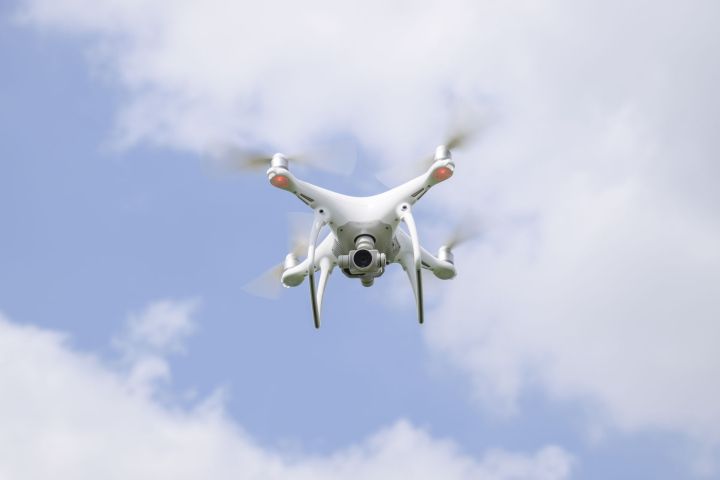
The drones, four DJI Phantom 4s, joined the roster after Jeff Love was hired as the director of football technology. Used only during practices, the drone cameras record special teams as well as seven-on-seven and other elements of the team’s practice.
“As a receivers coach, I can see, ‘Where does the DB’s leverage start? Do I stem him correctly? Am I leaning in or our of the route on time?’” Love told the Lawrence Journal-World. “With the high sideline camera, you can’t really see, ‘Is he sticking his foot out at the right spot? Has he attacked the angle with leverage yet?’ This gives them the ability to see that.”
Love controls the drones himself, using an iPad to get a live view of the play from the air. After practice, the footage is available to the rest of coaching staff — mixed with the more traditional footage from stationary cameras on the sideline and in the end zone. While the typical sideline and end zone cameras aren’t going anywhere, Love said that the aerial footage is proving to be the most precise.
The aerial replay is also proving useful for the team’s quarterbacks, with the higher perspective making the defensive formations easier to recognize. Seeing the bird’s-eye view after practice is helping to teach the players how to recognize not just the defensive formations, but where the weak areas are.
The new team of drones gives the coaches a new viewpoint — but not for every play. The defense doesn’t get quite the same view, since the drones tend to stay around 20 yards behind the offense — lest they get taken out by a pass.



